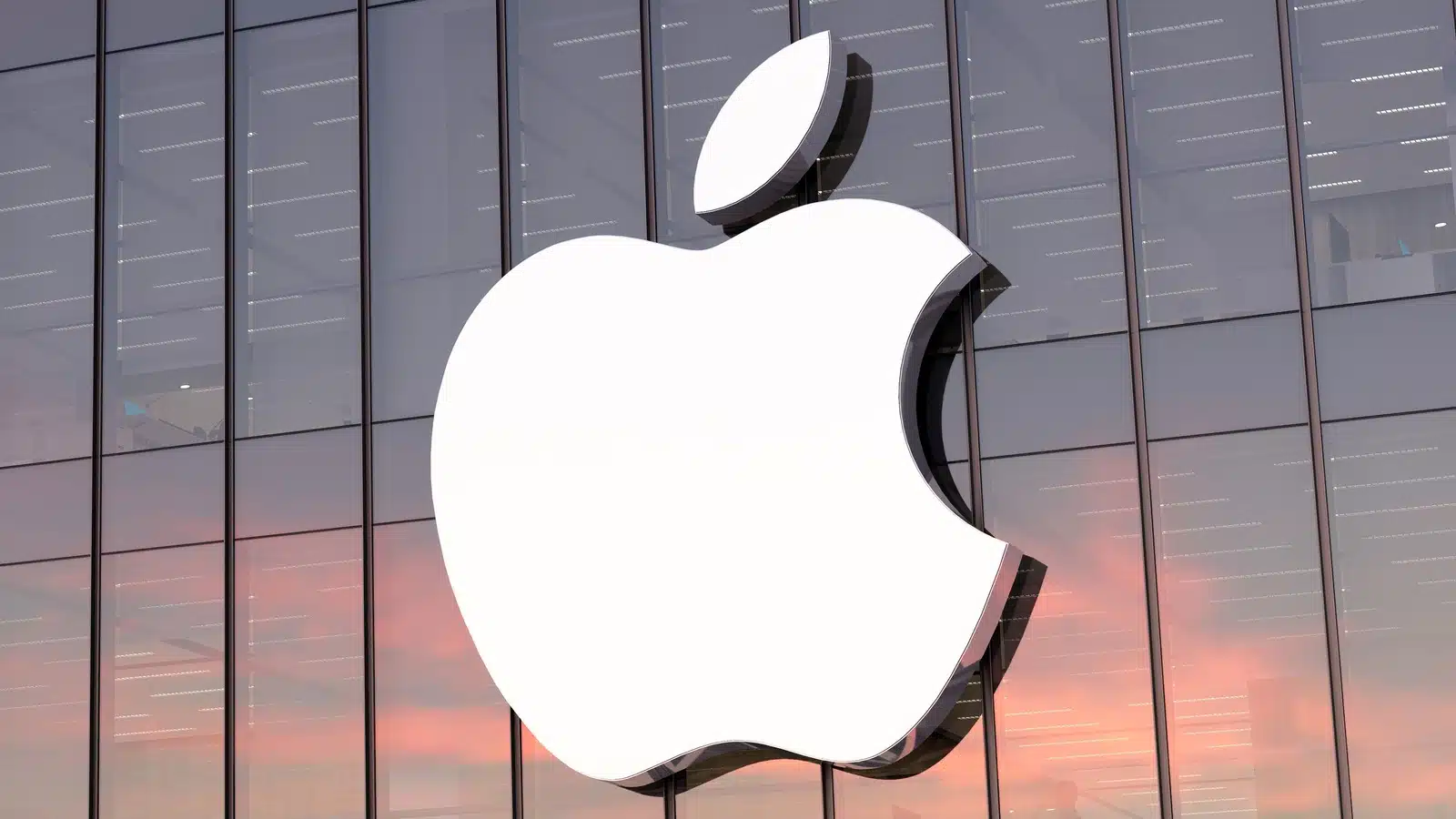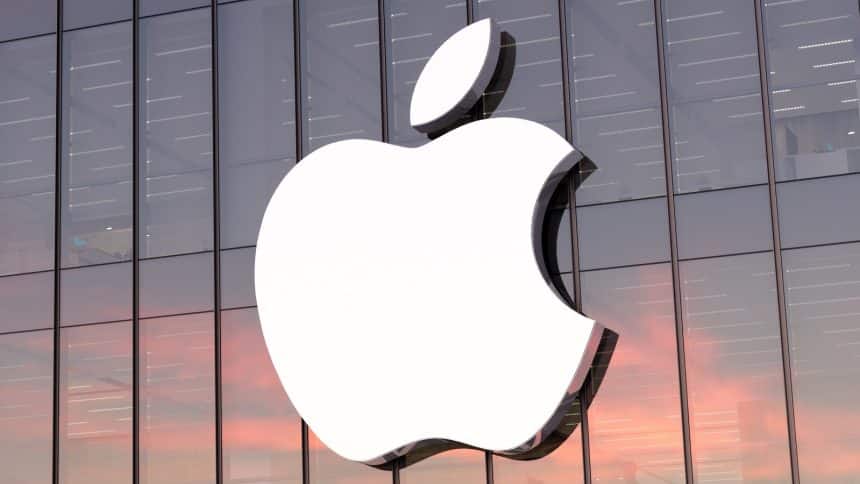Apple is taking major steps to shift its production lines outside of China in an effort to reduce exposure to steep U.S. tariffs. According to CEO Tim Cook, starting in Q3 2025, most Apple products sent to the United States—except iPhones—will come from Vietnam. Meanwhile, half of the iPhones will now ship from India, while the other half will continue to come from China.
This move comes in response to the Trump administration’s tariff policy, which imposed a 125% tax on goods imported from China. By limiting shipments from China to the U.S., Apple hopes to lessen the financial impact of the new trade rules.

Still, a $900 Million Cost Looms
Despite these efforts, Apple is expected to face a $900 million tariff-related cost during the June quarter. The iPhone’s massive shipment volume remains difficult to reroute entirely, making Apple vulnerable to ongoing import charges.
While shifting operations to Vietnam and India provides some relief, it’s not enough to completely dodge the tariffs. The company is doing what it can to minimize impact, but current logistics and production capabilities limit how fast changes can happen.
Uncertainty Clouds the Future
The future of these tariffs is still unclear. A 90-day pause that temporarily reduced some global tariffs remains under debate. If this pause is lifted, or if semiconductor tariffs also take effect, Apple’s financial burden could grow even larger.
As of now, Apple has not shared if it plans to pass these costs on to consumers. However, many analysts predict price increases may be unavoidable come fall product launches.
Final Thoughts
Apple’s global strategy to reduce its dependence on China is well underway. Still, the tech giant finds itself caught between supply chain logistics and international trade policies. How Apple navigates the months ahead could reshape its pricing, production, and global positioning.












